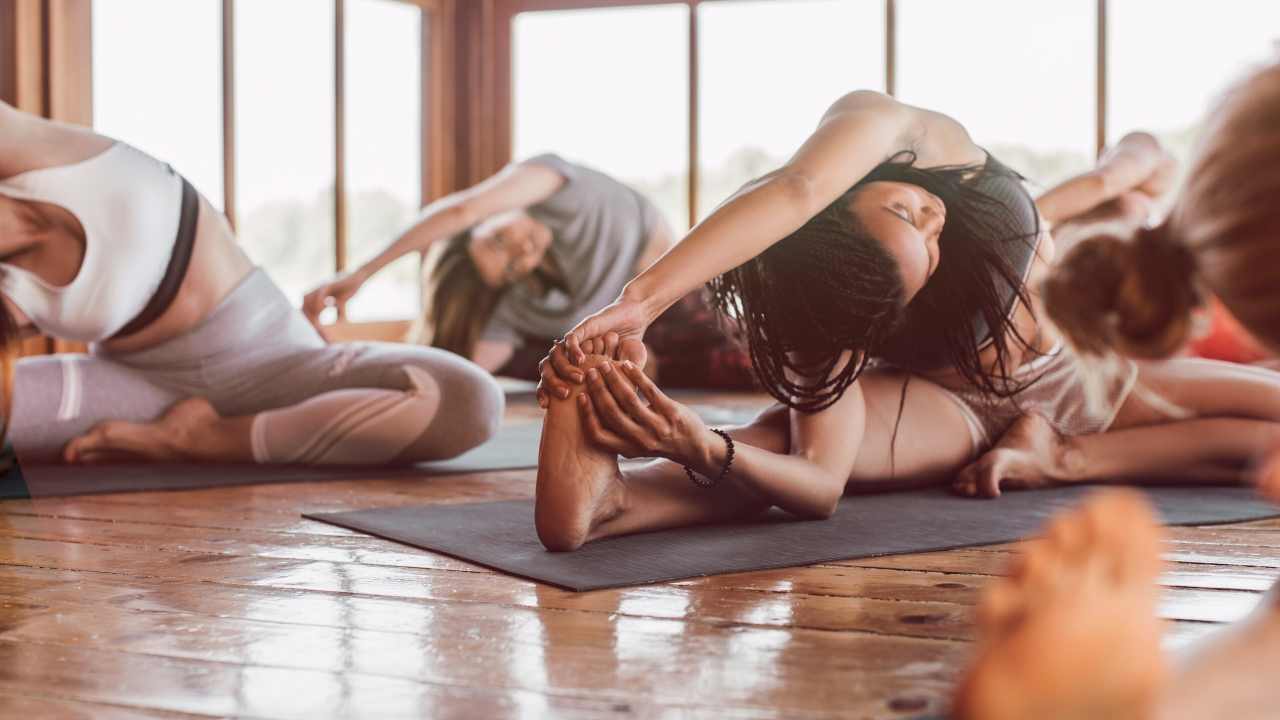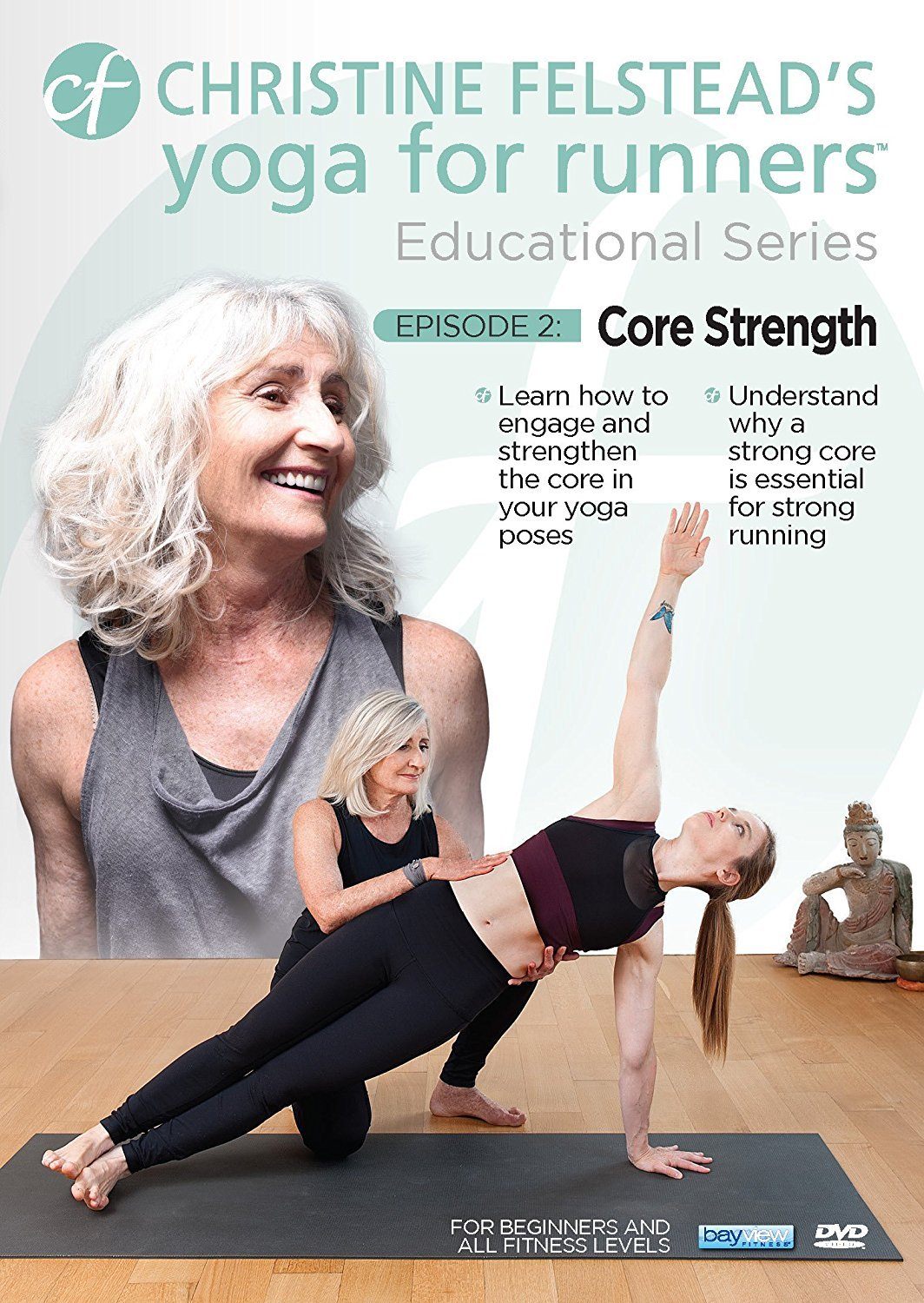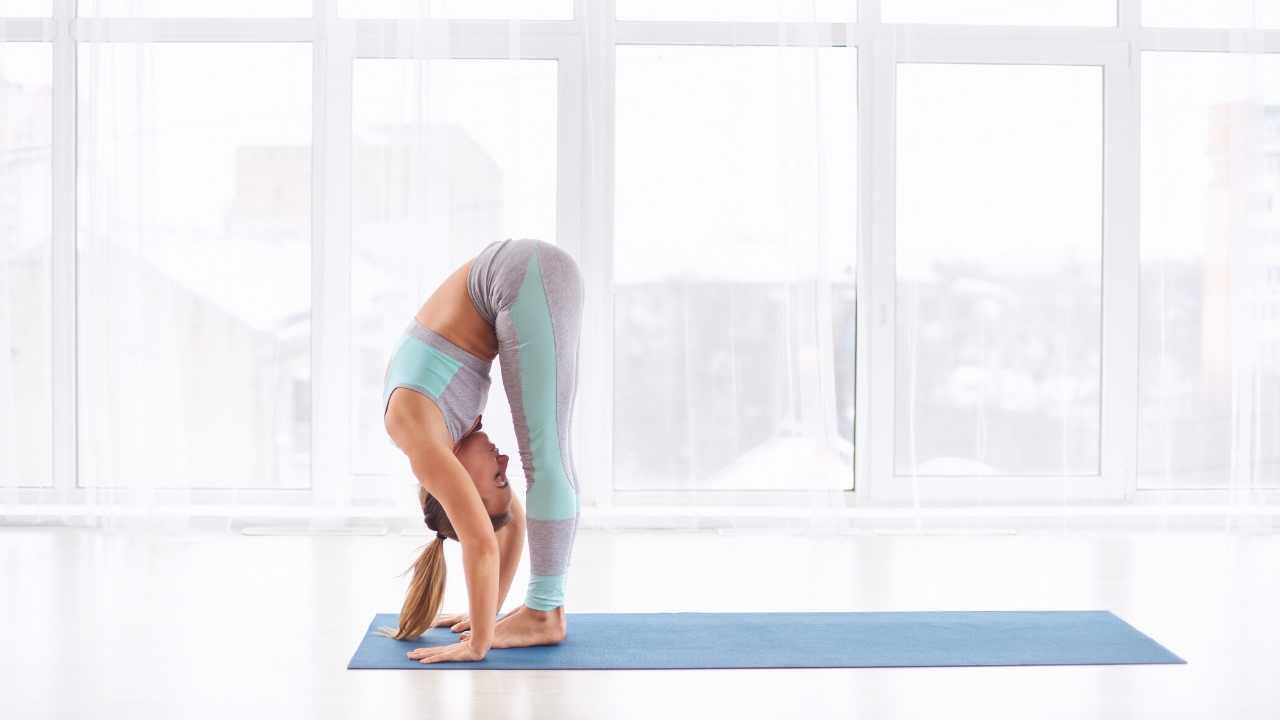
This page contains information about yoga jnana. This article will discuss the Three Steps to Self Realization in Yoga Jnana. Additionally, you'll learn about Jivanmukta, Ramana Maharishi, and other great spiritual educators. At the end, you will be able to make your decision about how to proceed and find peace within your life.
Three steps to achieving self-realization in yoga jnana
Yoga jnana refers to the study of the nature and Self of your mind. It is the path towards self-realization. You use your mind to search the truth of what you think. This path requires that you go beyond your intellect to gain experiential knowledge about the Divine. It is not an easy process, and it requires discipline. You will be able to balance the three types of mind, called doshas, by practicing yoga jnana.
Before you can begin Jnana Yoga, it is important to fully understand the stages and the journey of the yogic practice. First, it is important to distinguish between the self & the non-self. The second is to learn how to separate yourself from the worldly possessions or the ego. Third, master the four pillars, or "dharma," in Sanskrit. Fourth, you must get rid of all attachments and thoughts that cause stress or depression.

Four pillars of knowledge
Jnanayoga is one of the classic branches of yoga. It focuses on self-realization, knowledge, and awareness. Jnana Yoga is one of the most difficult paths to enlightenment. It involves intense spiritual practice as well as discipline. This is the path to union between mind and body. It is the most challenging path because it demands the mind to go beyond its intellect and focus on achieving the true nature of the self.
A person must master Hatha, Karma, or Bhakti Yoga before they can move on to the Four Pillars of Knowledge. These disciplines prepare the body and mind for Jnanayoga. A qualified teacher is recommended. They will provide guidance and individual instruction. These four pillars form an integral part of Jnana Yoga.
Jivanmukta
A definition of Jivanmukta in yoga nirvana is that he is the one who does not experience the need to abide by a physical body or exert himself to acquire a limited object. The consciousness in this state is all-inclusive, and can attract any object that is necessary for one's existence. Jivanmukta refers to the Self, which is the One who does without acting, delights in nothing and acts with compassion for others.
The sage who has attained jivanmukta status has liberated himself from the bonds of egoism and beholds One Brahman as the universe. The individual consciousness is what is consumed by Brahma-jnana's fire because the Self-consciousness within the soul is strong enough to sustain it physical body. Self-Realization, however, is a continuous process.

Ramana Maharishi
Ramana Maharishi's yoga lessons offer a profound and unique approach to the "Who are I?" question. His main teaching was silence. He used it to calm people's minds and give them an experience of the real thing. His words are for all who are still not attuned and open to the subtle, silent realities of reality. Yoga Jnana has wisdom for everyone, yoga practitioner or not.
One of Sri Ramana's techniques relates this process to that of grazing cattle. India doesn't have any fences or gates so the cattle are free to roam and graze on other fields. In order to force the cattle to leave the field, the farmer will often beat them. The cattle suffer because the boundaries are not understood and they don't know what to do.
FAQ
Does yoga have any effect on pain management?
People with chronic back pain may find yoga a helpful treatment. It can help them increase flexibility, balance and strength as well as reduce stress levels.
Before beginning any yoga regimen, consult your doctor.
Is it necessary to be flexible in order to practice yoga?
It depends on what kind of yoga you choose. You may need to be flexible in some styles of yoga, while others will help you build muscle strength.
Also, different levels of flexibility are required depending on the style of yoga. Beginners might be able to just stretch their arms straight up. Intermediates may only need to reach overhead. Intermediate practitioners might need to bend forward to touch their toes. Advanced practitioners may be required to do deep twists and turns.
How does yoga work
Yoga is about alignment, breath control meditation, stillness and mindfulness. If done properly, yoga can bring peace and calm to the practitioner.
Warming up is an important step in any yoga class. For example, you might do forwarding and backward bends (bending forward), side bends (bending down), twists, or side bends. These moves can loosen tight muscles and prepare your body for deeper poses.
Next, we will do the balancing pose "standing". This pose involves standing on your feet with your arms extended at your sides and looking down towards your floor. Your body should feel rooted, centered, and balanced.
The next step is to move into deep stretching positions. In these poses, you lie face up on the ground, bend your knees, lift one leg, then the other, and stretch your spine in every direction possible. To keep from falling, hold onto something sturdy. If you don’t own anything to grab, you can place your hands on the ground.
After completing all of these poses, you can move on to a series standing poses. These include the warrior pose (mountain pose), mountain pose, downward facing, upward facing, plank pose, last pose, and the warrior pose (warrior pose).
It is important to slow down and breathe deeply when you do yoga. Deep breathing not only cleanses your lungs but also calms your mind. Focusing on your exhales and inhales can help you do this. Try counting every time your take a deep breath.
Even while cooking, you can do yoga anywhere! Just follow the same steps above, but sit upright instead of lying on the ground.
Yoga can be done in 10 minutes a day, if that is all you have. Yoga can be beneficial for anyone, regardless of age.
What are some of the best yoga mats available?
There are several types of yoga mats available. You can pick one based on price, size, and endurance.
A good quality mat will be thick enough to protect your floor surface from scratches but thin enough to move quickly.
Cheap mats may not offer enough support.
Statistics
- The people in the yoga group were 37 percent more likely to have quit smoking by the end of the 8-week program. (nccih.nih.gov)
- According to calorie estimates calculated at Harvard Medical School, the average 125-pound person burns about 120 calories in a half hour of hatha yoga, and a 185-pound person burns about 178 calories in that half hour. (everydayhealth.com)
- A 2020 review of 27 studies (1,805 total participants) of yoga interventions in children or adolescents found reductions in anxiety or depression in 70 percent of the studies, with more promising results for anxiety. (nccih.nih.gov)
- Start your Fall off right with 20% off All Access Membership when you sign up by 9/25! (corepoweryoga.com)
- Gentle yoga has been shown to ease some of the discomforts of tender, swollen joints for people with arthritis, according to a Johns Hopkins review of 11 recent studies. (hopkinsmedicine.org)
External Links
How To
Which is the best place to do yoga?
There is no right or wrong way of practicing yoga. Every person has their own style. You just need to identify which positions are most comfortable.
These are some of the most common positions:
Standing poses - Standing poses are suitable for beginners because they allow you to see how your body looks from different angles. These poses make it easier for you to focus on your breath.
Forward bends - These are useful for opening up tight areas. These can be done while you are sitting or lying down.
Backbends – Backbends are considered to be advanced poses. You should consult your instructor before you attempt one.
Inversions - These are poses that require you upside down to balance. This type of yoga is challenging, but it can be rewarding.